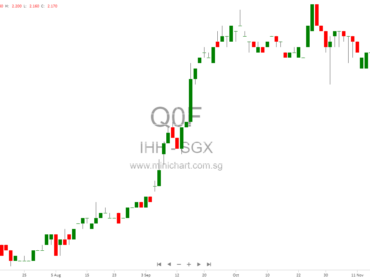Key Facts from the Full Year Financial Results (Telstra Corporation Limited) for the Financial Year Ended 30 June 2024:
- Date of Report: 20 September 2024
- Financial Year: 1 July 2023 – 30 June 2024
Financial Performance:
- Revenue: Total revenue (excluding finance income) increased by 26% to $2.381 billion, driven by recurring payments from the NBN Definitive Agreement (NBN DA) and internal revenue from related party agreements.
- Other Income: Declined by 86% to $239 million, primarily due to a large gain on asset disposals in the previous year not repeated in 2024.
- Expenses: Total expenses (excluding finance costs) increased by 36% to $1.007 billion due to new related party service agreements.
- Earnings: Earnings before interest, tax, depreciation, and amortisation (EBITDA) decreased by 43% to $1.604 billion due to higher expenses and lower gains on asset disposals.
Dividends:
- No Dividends: The company did not pay any dividends during the financial year 2024.
Notable Strategic Developments:
- NBN Agreement: Growth in recurring revenue from the NBN Definitive Agreement, which has inflation-linked price increases.
- Decline in Commercial Revenue: Due to the near completion of the initial NBN rollout, which will further impact revenue in future years.
- Infrastructure Investments: Strategic investments in the intercity fibre network, expected to drive growth from FY26. This fibre network will support AI-driven demand and connect key partners such as Microsoft.
- Profitability Outlook: Operating and maintenance costs are expected to increase in FY25 due to asset quality improvements, but strategic infrastructure projects are positioned to boost future profitability.
Special Considerations for Investors:
- Investors Holding the Stock:
- Action: Hold for long-term growth prospects. The company’s focus on strategic infrastructure and fibre networks is likely to generate future returns, especially with anticipated demand from cloud and AI technologies.
- Investors Not Holding the Stock:
- Action: Consider buying if looking for long-term growth and exposure to digital infrastructure. Although the current year’s earnings declined, investments in critical infrastructure could present opportunities in the coming years.
Special Activity:
- Intercity Fibre Network: A major ongoing project, expected to be fully operational by FY26, aimed at supporting Australia’s growth and digital transformation, which is expected to drive long-term growth.
- Partnerships: Expansion of partnerships, notably with Microsoft, highlighting the company’s focus on AI-driven demand for data centre and fibre capacity.
Disclaimer:
The recommendation provided is based solely on the data within the report and does not consider external factors or individual financial situations. Investors should seek personalized advice before making any investment decisions.




